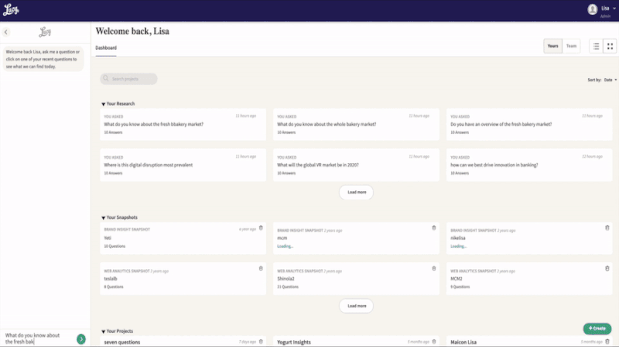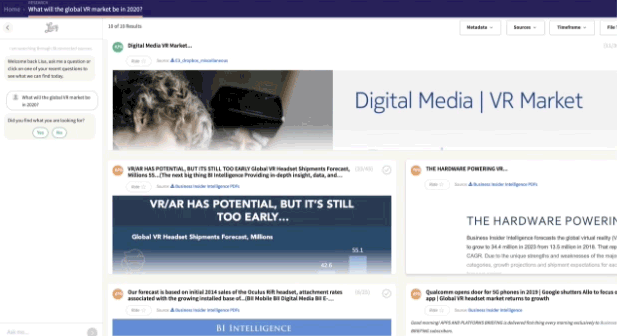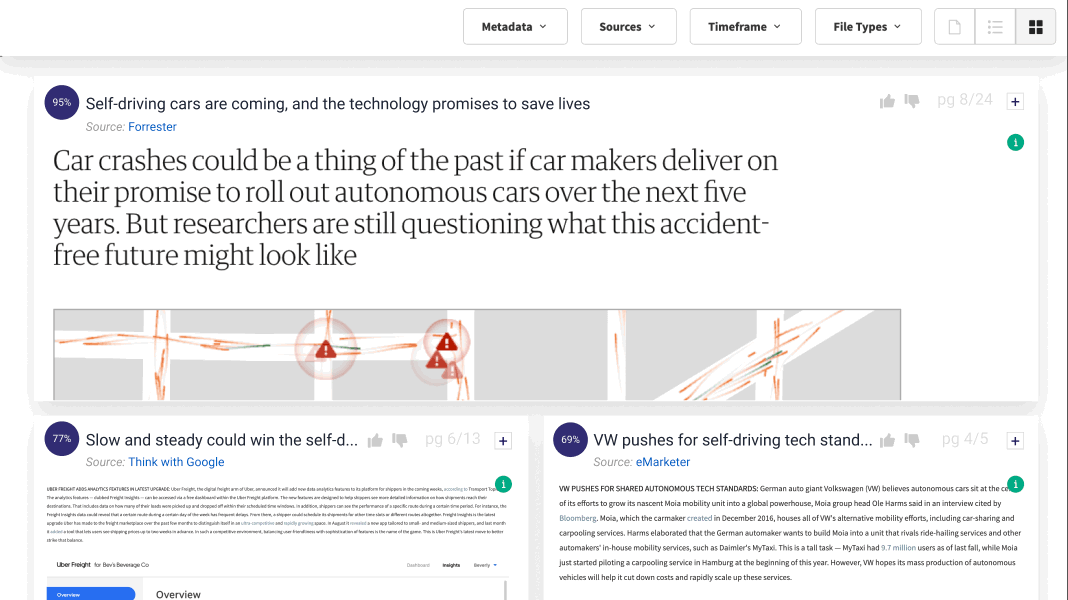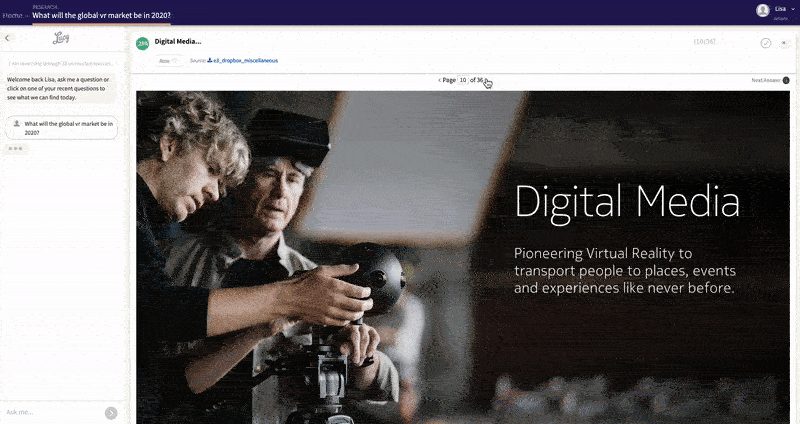Just how big is the coming AI-driven revolution in marketing? So big that one global communications group, France’s Publicis Groupe, is steering its budget to undertake the in-house construction on its own custom AI platform “Marcel”, according to a recent report in Ad Age. "All investments and focus" of this company, with 80,000 employees in 130 countries, will go towards building the platform. Announcements like this are a powerful reminder that major players believe high-octane machine learning systems will be a game changer and they are making it a priority within their marketing budget.
Gartner’s 2016-2017 CMO Spend Survey showed that the average marketing budget was predicted to rise one percent this year. The driver for this increase? Technology—an average of 27 percent of marketing budgets goes towards technologies.
More money in play means more opportunities to make smart decisions. So where can a technology like Lucy, the cognitive assistant for a wide spectrum of marketing tasks, fit into your company’s 2018 budget?
Let’s take a look at a few places where spending money on Lucy makes good sense.
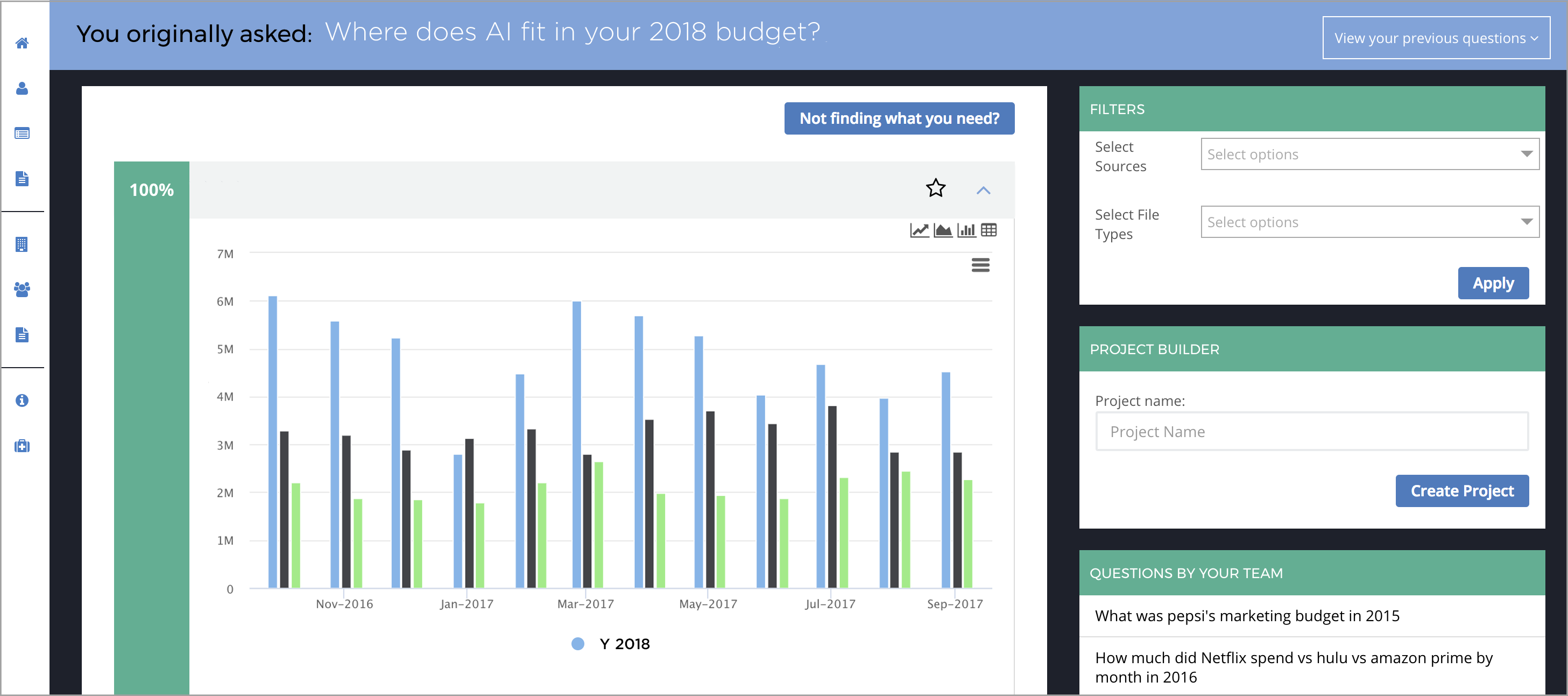
Innovation budget
By the time a new technology is adopted by every player in the game, the window for making the most of it has shut. To gain competitive advantage from the latest tech, brands must get in early. That’s why many brands give agencies an innovation budget to experiment with. With ROI in mind, being unafraid to invest money and time in forward-looking but unproven technologies is the key to getting the maximum leverage out of them. Lucy is the ultimate in innovation. Her pedigree, as part of the IBM Watson platform, means her skills are complex, specialized, and supported. Getting Lucy up and running doesn’t require any great risk, and the rewards of transitioning an entire team to using her are tremendous. AI is the sort of game-changing opportunity innovation budgets are meant to engage.
Marketing Automation budget
Brands spend between five and 30 percent of their marketing budgets on automation, and it’s an area of strong ROI that more than justifies its spend. These tools leverage the brand’s own customer data to further engagement through on-target messaging—or at least, they try. But before AI, “customer data” might not mean much more than the customer’s last transaction, or the contents of the shopping cart on the last visit.
Cognitive AI marketing tools like Lucy are capable of sorting through and finding patterns in far more data than existing systems. And the advantage isn’t just in pulling data from social media or the internet—Lucy has special tools for building audience understanding at a 1:1 level. For the first time, marketing automation can draw power from reflecting a customer’s deeply held values, fundamental needs, and personality traits back to him or her. That’s knowledge that can advance personalization, shape messaging, and ultimately boost revenue.
Data Consolidation and Access budget
The modern marketer is inundated by data, and it stands to reason that on-point insights are in there somewhere. Brands know that the key to getting the most out of data is making sure it's stored centrally, rather than in silos, and removing barriers to access like multiple log ins and easily-forgotten passwords.
When Lucy joins a team, she digests all in-house data and attaches multiple other sources to it, like data licensed from third-parties, reports and figures from her own supplemental sources, and the brand's own internally-generated data. She's a repository of both structured and unstructured data, so just like a person, she can scan a spreadsheet to pull out a number or scan a report to pull out a relevant paragraph. Her cognitive search skills, which improve with feedback, make the data accessible to every employee at every level. That means better decision-making for all—and better results for your brand or agency.

